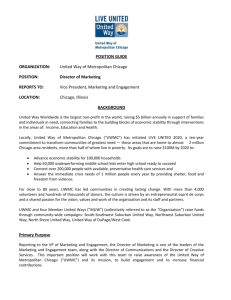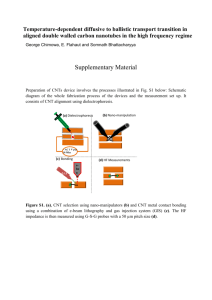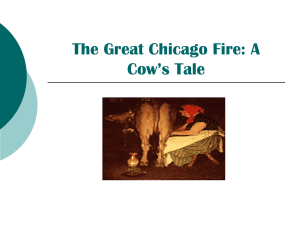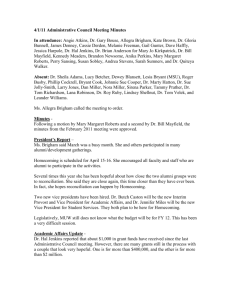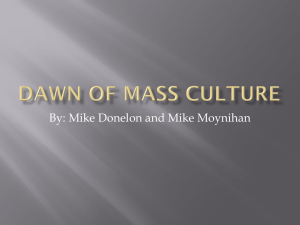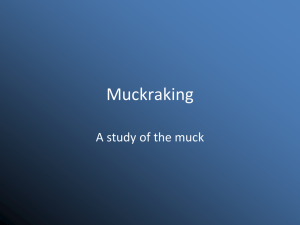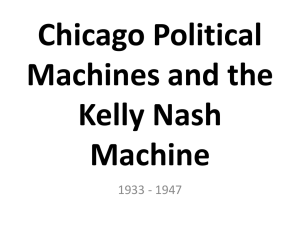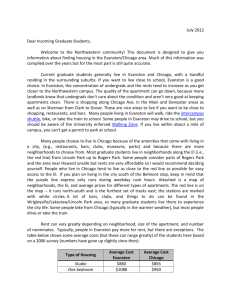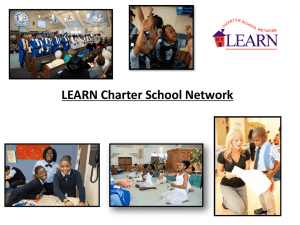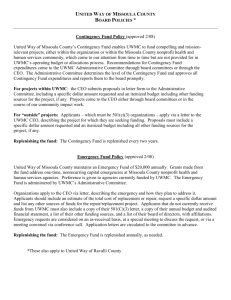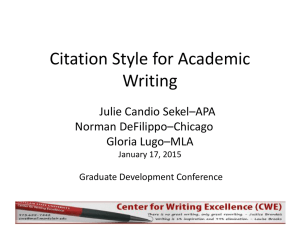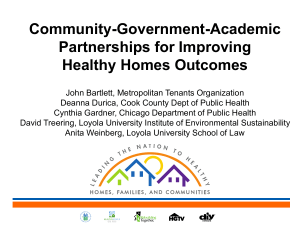United Way of Metropolitan Chicago LU2020 Community Screens
advertisement
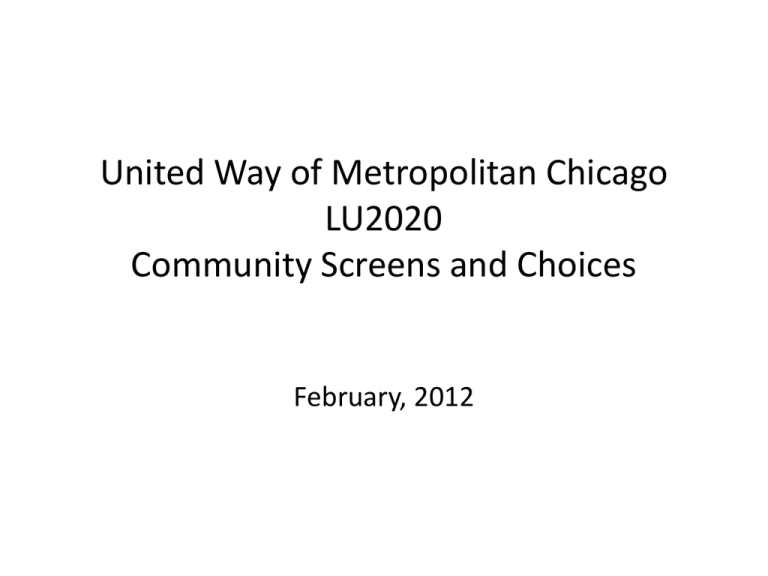
United Way of Metropolitan Chicago LU2020 Community Screens and Choices February, 2012 The South Southwest MUW proposes three Partner Communities: •Harvey/Dolton/Riverdale •Robbins/Posen/Dixmoor •Chicago Heights/Ford Heights Depending on the quality of applications received during the Education application cycle and experience on the ground in these communities in the coming year, a second tier of UWMC Partner Communities may be adapted to include: •Calumet City •Sauk Village •Blue Island Dolton The DuPage/West Cook MUW proposes four Partner Communities: •Cicero/Berwyn/Oak Park/Forest Park area •Melrose Park/Maywood/ Bellwood area •Addison/Bensenville area •West Chicago/Carol Stream area Depending on the quality of applications received during the Education application cycle and experience on the ground in these communities in the coming year, a second tier of UWMC Partner Communities may be adapted to include: •Naperville/Woodridge area •Willowbrook/Westmont area The Northwest MUW proposes the following Partner Communities: •Carpentersville •Skokie/Evanston (a collaboration between North Shore and Northwest offices) •Northwest Corridor •Palatine/Rolling Meadows Depending on the quality of applications received during the Education application cycle and experience on the ground in these communities in the coming year, a second tier of UWMC Partner Communities may be adapted to include: •Streamwood/Hanover Park The NorthShore MUW proposes the following Partner Communities: •Evanston/Skokie (also above) •Highwood (Highland Park) Chicago MUW proposes the following Partner Communities: •Lawndale/ Garfield Park/ Near West Side •New City/ Englewood/ Chicago Lawn/ Gage Park/Greater Grand Crossing •Woodlawn/South Shore/ •South Chicago Depending on the quality of applications received during the Education application cycle and experience on the ground in these communities in the coming year, a second tier of UWMC Partner Communities may be adapted to include: Austin/Humboldt Park Reading the Maps • Red coloring indicates great need and capacity resources to work from • Greener coloring indicates less intensity of need and capacity on a comparative basis • Yellow coloring indicates something in between • Black circles are highly recommended by the local areas; blue circles are alternates
